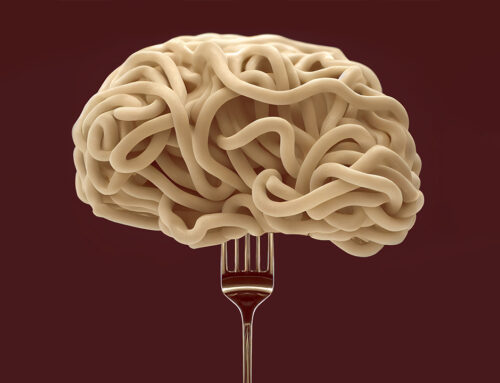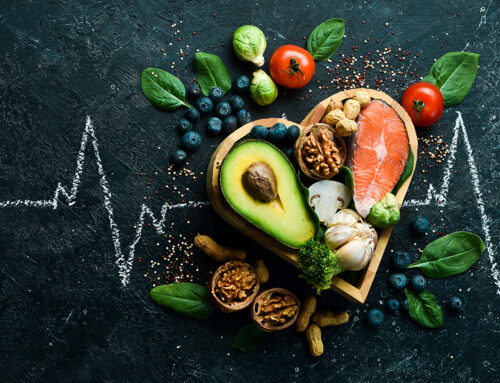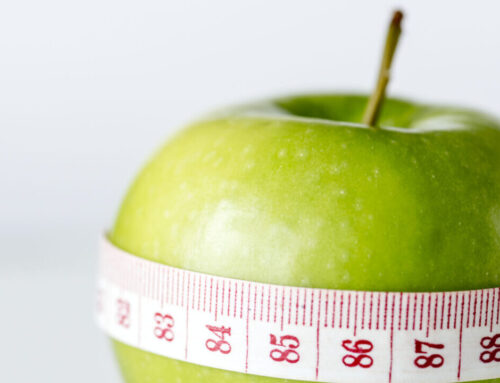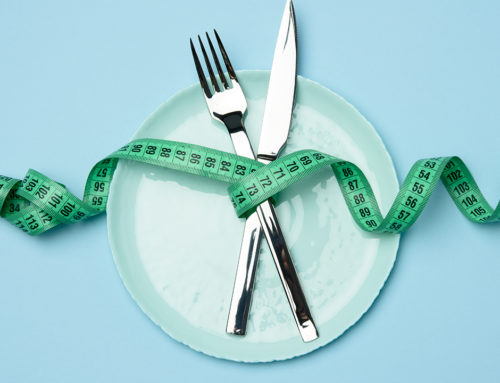Historical examples have demonstrated that natural products may be considered for inclusion on the list of sports banned substances, along with pharmaceutical agents. As the lines between prohibited substances in sport and natural products get hazier, formulators need to be wary about what they use in nutrition products, as do athletes or other drug-tested professionals like first responders or military officers.
The overall approach
The WADA Prohibited List has historically proven to be both a guide and temptation for formulators when considering what ingredients to use in sports nutrition products. As a guide, it outlines what substances people should stay away from. As a temptation, the confines of the WADA Prohibited List can create opportunities for products to exploit holes in the language or target effects that are banned with ingredients that are not. Dealing with the blurred lines between banned substances and sports nutrition is complex. Muscle building, weight loss, energy stimulation, myostatin or aromatase inhibition, and estrogen blocking are all banned categories and also targeted effects in sports nutrition. Some substances may be prohibited not by name, but by interpretation. The practical application of sport drug testing ultimately determines what is prohibited and what is not.
Learning from the past
The perfect example of this phenomenon was demonstrated with the designer steroids, or prohormones, in the dietary supplement realm more than a decade ago. The 2010 WADA Prohibited List covered anabolic agents with 46 steroids and another 21 naturally present steroids or metabolites included by name. The 2020 WADA Prohibited List still does not include the majority of the 24 designer steroids included in the Designer Anabolic Steroid Control Act of 2014 (DASCA), which after two previous congressional attempts in 1990 and 2004 was the final piece of legislation that put a nail in the coffin for the prohormone marketplace.
New regulations
When the prohormone party ended, a new category of banned substance developed as an attractive alternative, namely SARMs, or selective androgen receptor modulators. These were not addressed by the prohormone regulations and began to proliferate. SARMs were banned in sport beginning with the 2008 WADA Prohibited List, which included SARMs in general with no examples. It was not until 2015 that examples were added and then only two appeared: andarine and ostarine. The 2020 WADA Prohibited List now includes four with LGD-4033 and RAD 140 added. In November 2019 the SARMs Control Act was introduced to address the growing concern that these drugs—in various stages of clinical research and none of which have been approved by FDA—had become popular as illegal dietary supplements. The act lists nine specific compounds that qualify. On the BSCG website we have a list of 15 on our Dietary Supplement Ingredient Advisory List that have been found on the market.
What it means for you
The gaps in examples over the years allowed unscrupulous formulators to key in on ingredients that qualified as SARMs but were not yet on the radar of authorities. Prohormones and SARMs were both categories of drugs that were exploited in the nutrition realm over the years in the form of illegal supplement products. But when it comes to weight loss, energy, myostatin and aromatase inhibition, or estrogen blocking, the lines between banned substances and supplements gets blurry. This is because these supplement categories often rely on an array of legitimate natural products that may have effects that could be interpreted as prohibited but are not banned in practice. Meaning these would not be expected to cause positive drug tests since most are not targeted in sport drug testing.
Future of drug testing
Today, there are categories like myostatin inhibitors, aromatase inhibitors and estrogen management supplements that could be interpreted as prohibited based on their potential effects according to a strict reading of the WADA Prohibited List language. Yet many of these substances are common supplement ingredients and would be benign when it comes to a drug test. Myostatin inhibitors were first added to the WADA Prohibited List in 2008 but, as was the case with SARMs, no examples were provided, leaving it open as to what might qualify. Epicatechins that come from green tea extract have been demonstrated to be myostatin inhibitors and are sold as such in products like Epicat. The research suggests, “epicatechin decreases myostatin.” Yet while they may be prohibited in effect, in practice epicatechin is not a focus of sport drug testing, at least not yet.
Treat yourself like an athlete
Pay attention as the WADA Prohibited List evolves where benign ingredients like spinach extract are now under the organization’s watchful eye with the addition of ecdysterone to the WADA monitoring program that previews potential banned substances. One good way for both formulators and drug-tested professionals to protect themselves from these real world concerns is to look for third-party certification programs focused on banned substances that offer built-in security like the BSCG Certified Drug Free program. This can take the guesswork out of the equation for brands and consumers and help both make responsible choices when it comes to supplements and related products.
Oliver Catlin is president of BSCG (Banned Substances Control Group) a third-party certification and testing provider focused on banned substances, quality control, and GMP (good manufacturing practice) compliance serving the nutrition, natural product, and hemp and CBD industries.







